If you are looking at carp-fishing a river for the first time, the very first thing you need to understand is location is EVERYTHING. Unlike your lake, which you will be more accustomed to fishing, the fish you’re targeting could, in reality, could be literally miles away from you at any given point. If the river is navigable and contains locks, they will be through these on a regular basis on their travels. It doesn’t matter how small the lock is or how big the boat is, there might be dozens of them in there at the same time. River carp tend not to waste energy by showing, as you are used to seeing on a pit, so actually observing them during their-morning activities is often out of the question. On a sunny day, a pair of polarised sunglasses – and your legs – are your very best chances of finding them. Once you do find them, they are not hard to catch.
Simple strong rigs are best; I tend to favour 0.40 mono as my main line, something which breaks at well over 20lb, such as Gardner Hydro Tuff in 20lb. The power of a river carp will shock you; they don’t carry excess fat like their lake-bound cousins. A 20lb river carp will put up an incredible fight in even a slight flow. Any tackle which is not completely up to the mark, strength wise, will be smashed if you hook an angry one. Use big, strong hooks, size 2 or size 4; something with a heavy gauge which will not bend when put under the greatest pressure. I use Gardner Covert Wide Gape Talon Tips in a size 4 for 90% of my Thames carping. My rigs are simply 12 inches of 35lb Ultra Skin coated braid, a big hook, and two 20mm bottom baits with an 18mm crushed cork white S2 above them. River fish are not shy. Give them plenty of bait when you find them; you really can’t give them enough. I like to bait with lots of big boilies and a few tiger nuts. A river carp is wired differently to a lake carp, and will travel for miles looking for food. When they find food, they tend to feed on it as quickly as they can.
When fishing rivers, you really need to stick at it and not give up. You will suffer long blanks when they aren’t in the areas you’ve been catching from, which will happen. When they are there though, if you get it right, there is incredible fishing to be had. The fish don’t have silly names, and many of them might not have ever been caught before. You could possibly catch the same fish twice, but the chances are it could be 20 miles from where you caught it previously, through countless lock systems. In any given stretch of river, 99% of the swims are of the ‘just moving through’ type. The carp pass by and you will catch them, but not many, and they will be gone as quickly as they arrived. In this scenario, no amount of bait will hold them, and they will eat it all. You will get one bite and then they will be gone for maybe weeks – that’s a useless river swim. What you are always looking for are holding areas where they like to congregate and spend periods of time. They may not be there constantly, but they will be there for periods of maybe days when they pass through. As one group leaves, another group will arrive not long after. Find one of these areas and you will already be halfway there. Bait it, and you will catch them. Location is EVERYTHING.
One last tip which will catch you more carp, without a shadow of a doubt, is this. You must understand and get your head around the fact that river carp are shoal fish. Just like a shoal of roach, if you catch one and put it straight back, it will spook the rest of the shoal in the area and you won’t catch any more. If allowed, it is always best to sack the carp you catch for an hour or two, regardless of whether you want a photograph or not. Put it straight back and that’s all you are going to catch that day; keep it for 2 hours in a deep margin with shade, and you could well catch five more over the next two hours.
Be lucky
Mark Casper


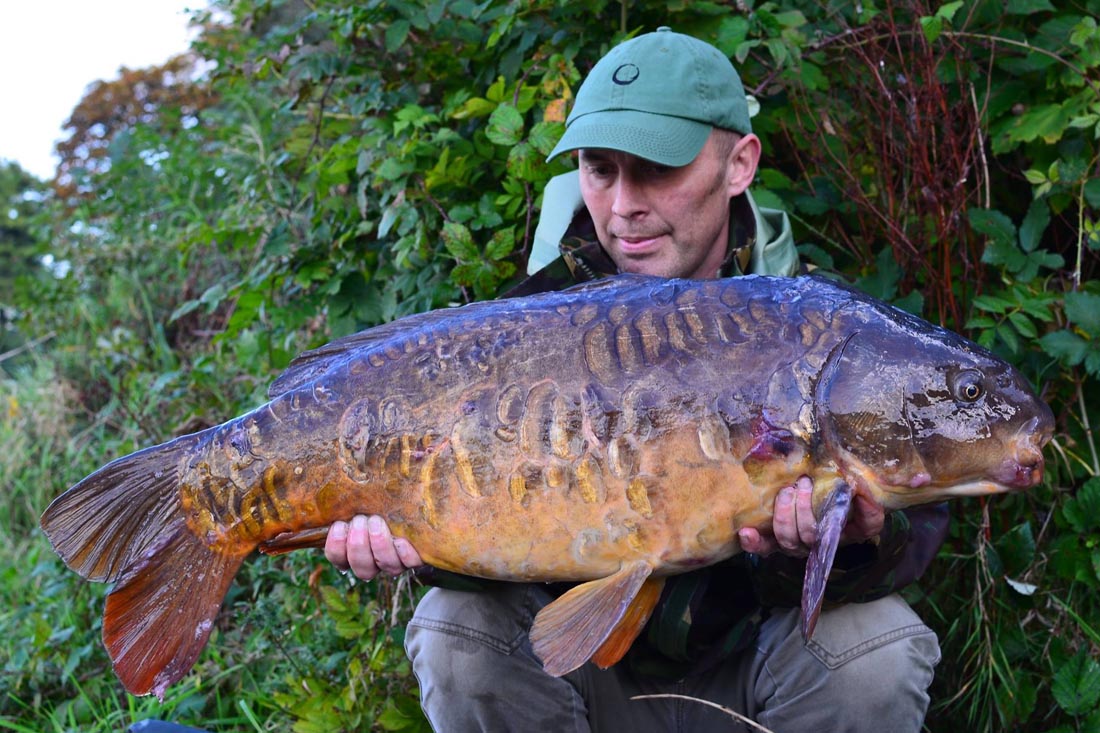

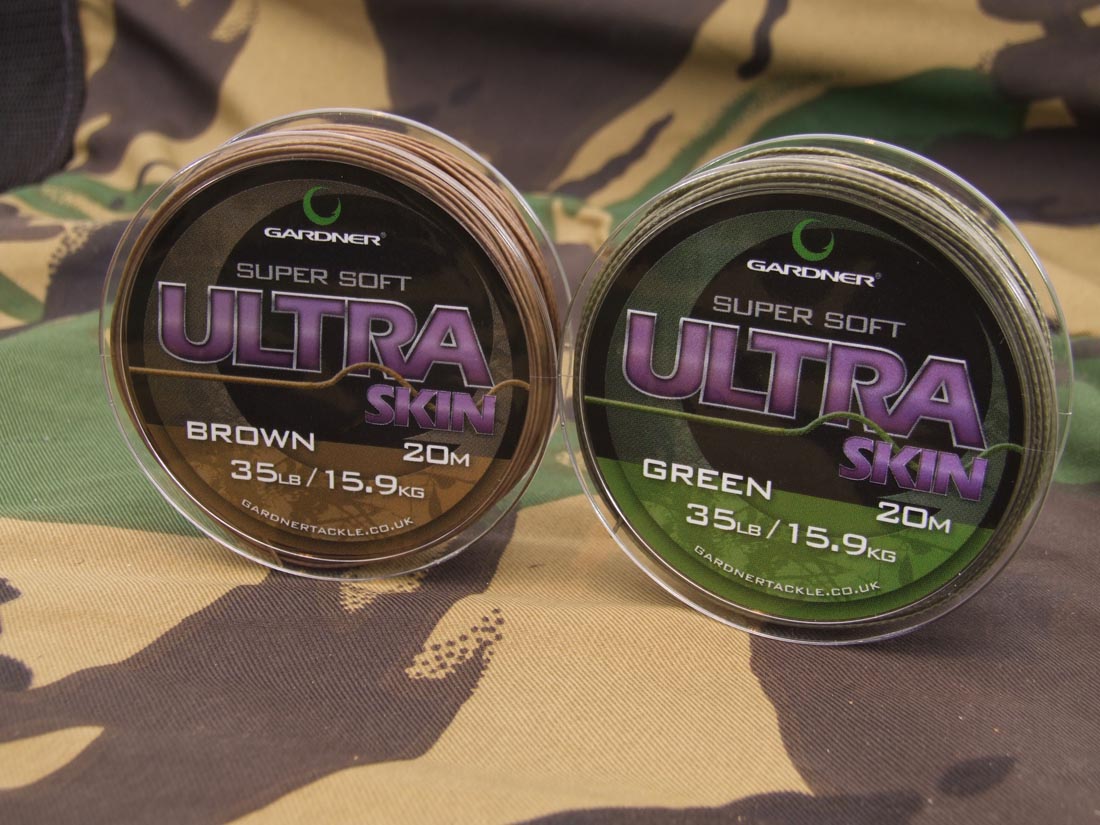




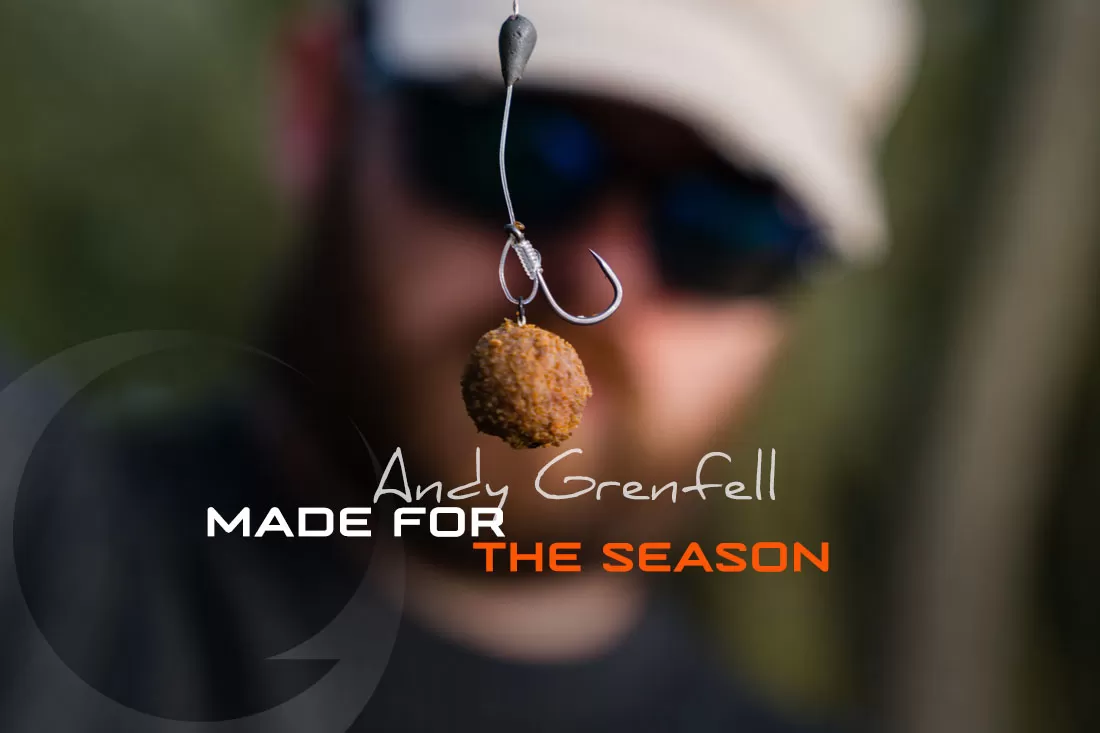
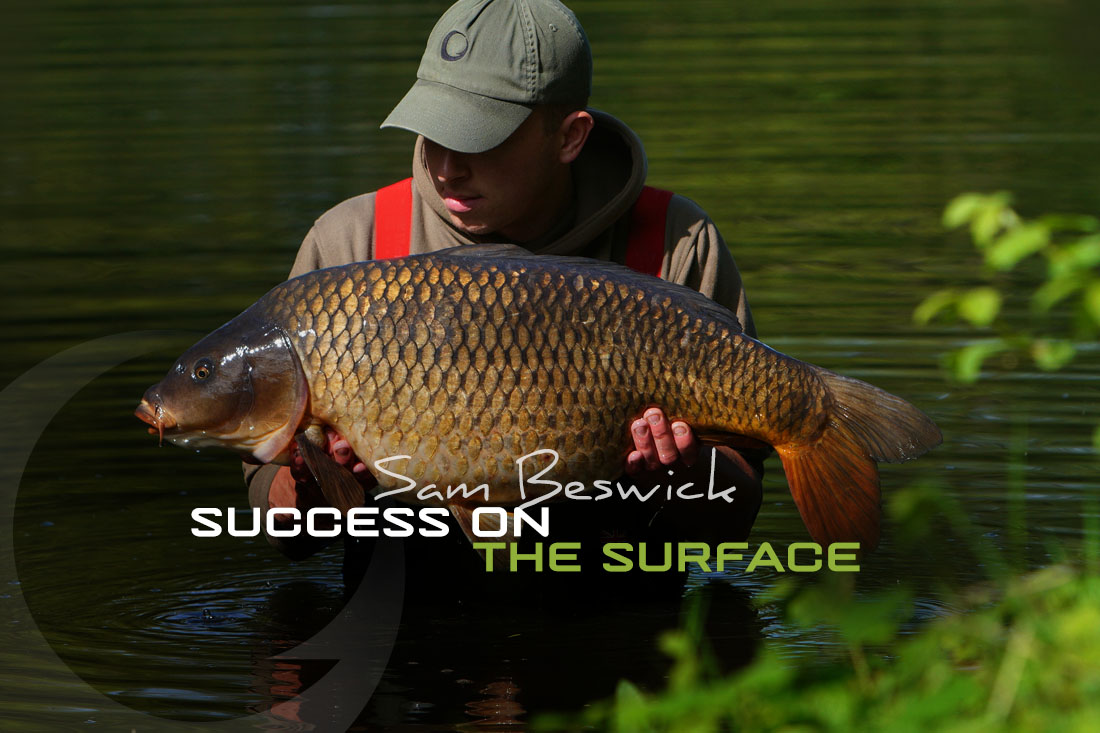
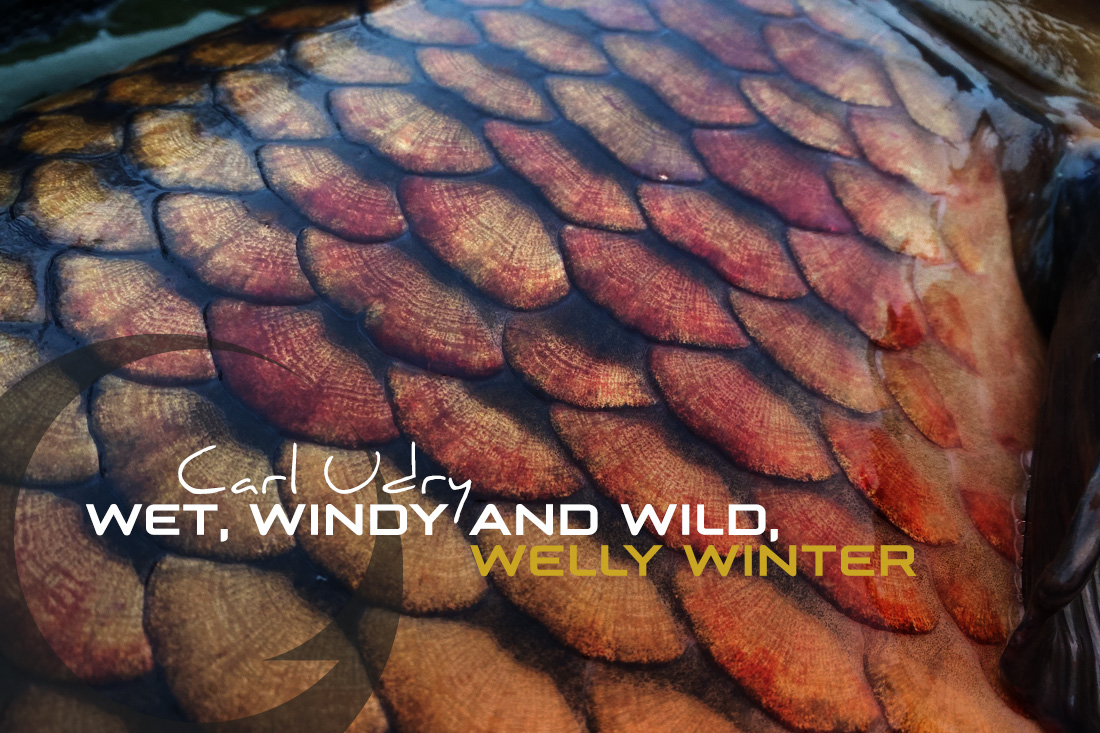

Leave A Comment
You must be logged in to post a comment.